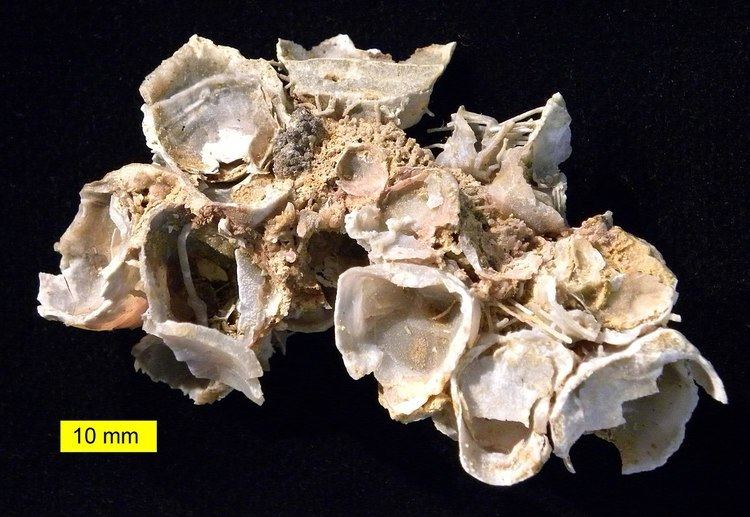 | ||
In the geologic timescale, the Roadian is an age or stage of the Permian. It is the earliest or lower of three subdivisions of the Guadalupian epoch or series. The Roadian lasted between 272.3 and 268.8 million years ago (Ma). It was preceded by the Kungurian and followed by the Wordian.
Contents
Stratigraphy
The Wordian stage was introduced into scientific literature in 1916 and was named after the Word Formation of the North American Permian Basin. In 1961, the regional timescale used for the southeastern US had the Wordian and Capitanian as subdivisions of the Guadalupian. Efforts to correlate the Permian stratigraphy of the southeastern US with that of Russia led to the conclusion that between the Wordian stage and the Russian Artinskian stage, another stage needed to be introduced. This stage, the Roadian stage, was established in 1968 and took its name from the Road Canyon Member in Brewster County, Texas, the lower (oldest) part of the Word Formation. The stage was added to the internationally used IUGS timescale in 2001.
The base of the Roadian is defined as the place in the stratigraphic record where fossils of conodont species Jinogondolella nankingensis first appears. The global reference profile for the base (the GSSP) is located in Stratotype Canyon in the Guadalupe Mountains, Texas (31°52′36″N 104°52′36″W). The top of the Roadian (the base of the Wordian stage) is at the first appearance of fossils of conodont species Jinogondolella aserrata.
Biodiversity
Olson’s Extinction, a worldwide loss of terrestrial vertebrate life occurred during the Early Guadalupian (Roadian, Wordian).
